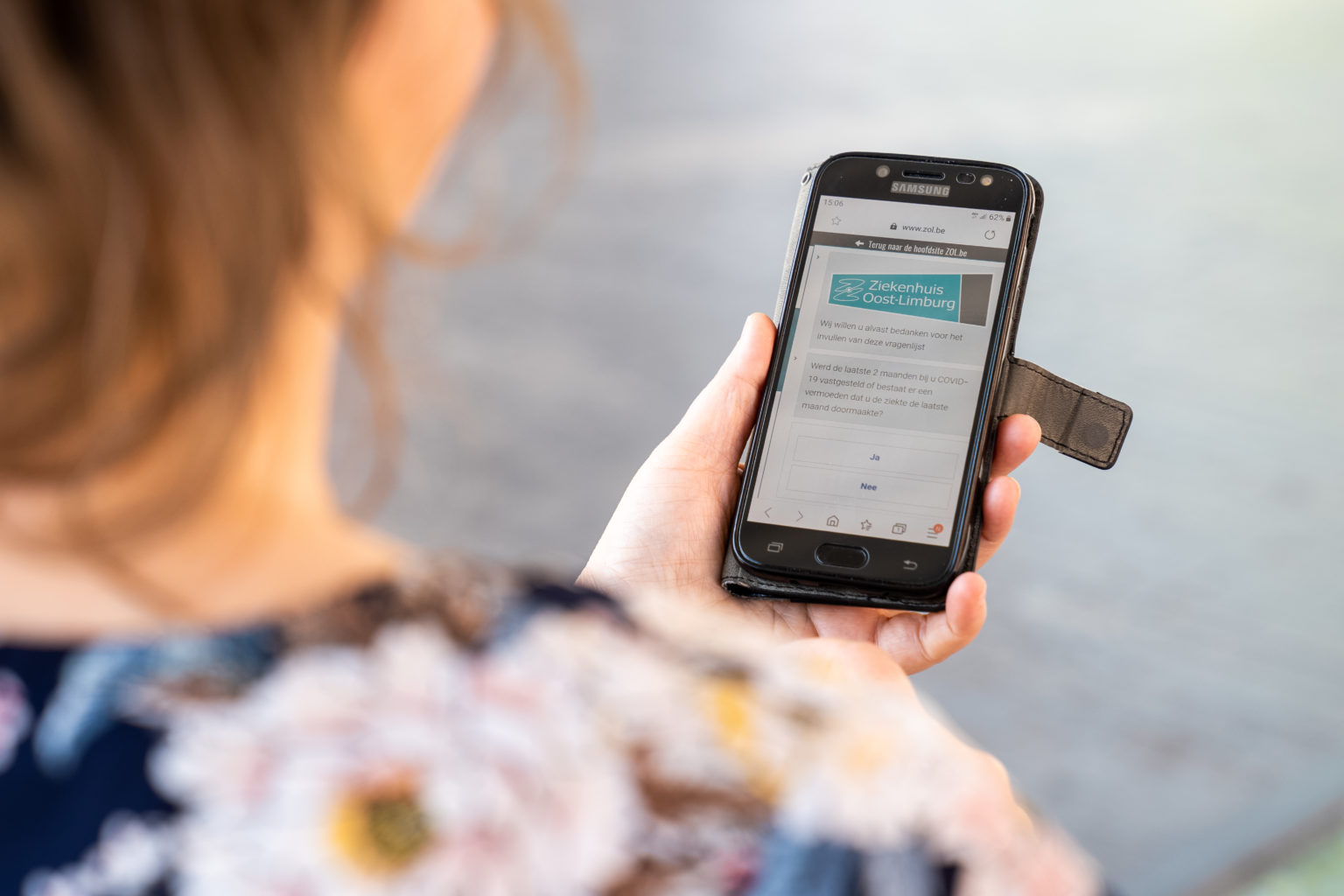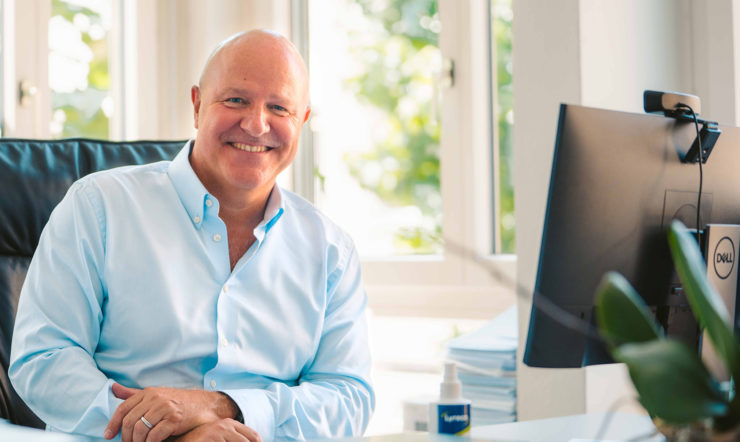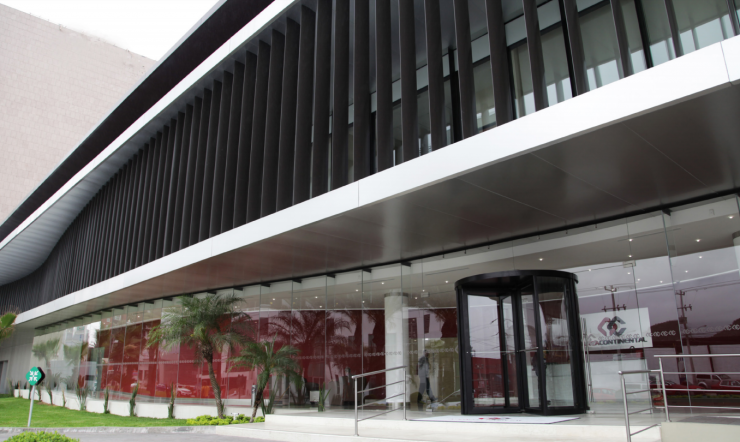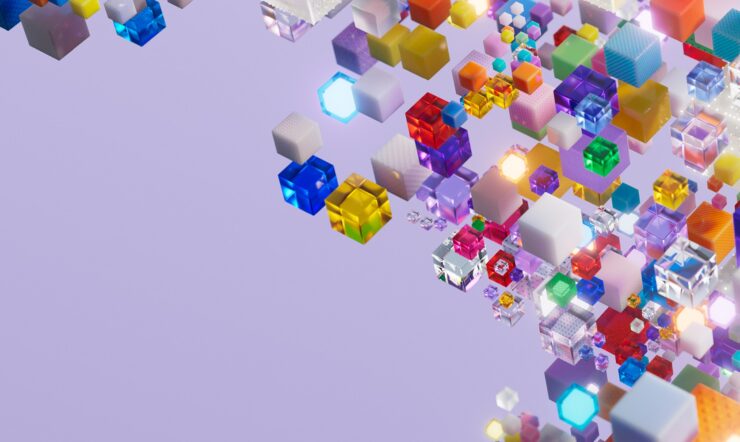Hospitals have been under a lot of pressure since the outbreak of COVID-19. In order to protect both patients and staff as best they can, and to safeguard the functioning of the hospital, the East Limburg Hospital (ZOL) in Genk, Belgium, started using the Health Bot, a chatbot on the Microsoft Azure platform, at very short notice. Thus, patients are screened even before they set foot in the hospital. The data collected can also be used to better assess a new outbreak.
When the government announced easing measures to allow normal urgent treatments to continue in hospitals, in addition to critically urgent treatments, many hospitals had real doubts as to its practical implementation. As did the ZOL in Genk, says Noëlla Pierlet, Coordinator for Clinical Data/Information Architect at the East Limburg Hospital. The infection risk in the non-COVID part of the hospital had to be kept to a minimum to protect both patients and staff, and to ensure that staff can work in a safe environment. Management asked to roll out a simple screening process, while consciously dealing with the available test material. The solution was to draw up a questionnaire for patients, which resulted in the Health Bot (a chatbot dealing specifically with the patient’s health). The questionnaire clarifies the likelihood that a patient may or may not be infected with the COVID-19 virus.
“Due to the increasing number of patients, a different approach was needed to give COVID-19 the least possible chance in the hospital.”—Noëlla Pierlet, Coordinator for Clinical Data/Information Architect, East Limburg Hospital, Genk

Noëlla Pierlet, Coordinator for Clinical Data/Information Architect, East Limburg Hospital, Genk
An efficient approach and valuable results
The aim of the Health Bot is to keep the risk of infection in the hospital as low as possible as it allows us to properly assess a potential new outbreak and take the necessary precautions. After all, each questionnaire is linked to a patient file, so through patient reports the hospital can determine by how many orange, yellow or green patients there are per postcode. By requesting the health status of patients, the ZOL thus obtains statistics on the population in Limburg through which new outbreaks can be detected and addressed.
This procedure ensures a safer and more pleasant environment in the hospital for both patients and nursing staff. The risk of infection is greatly reduced by not allowing the green, yellow and orange patients to cross paths. This means that patients can once again get their necessary treatments with peace of mind.
A chatbot that helps in the fight against COVID-19
How exactly does the Health Bot work? Each patient receives a text message with a link to the questionnaire. The patient answers several Corona-related questions via the chatbot, after which an algorithm determines which color code the patient will be assigned as an outcome on the questionnaire. This can be green, yellow or orange, where orange is for the ‘riskiest’ patients who need a targeted approach in consultation with the attending physician. It is necessary to check whether treatment is still appropriate in case of contamination and, if necessary, postponed for general safety.
The questionnaire can be completed in several ways. More than 70% of patients complete the questionnaire via their smartphone after receiving an SMS, or via the online patient portal. The remaining 30% are contacted by phone by a ZOL call center employee. Finally, patients only gain access to the hospital after completing the questionnaire in one format or another.
“The greatest advantage of the Health Bot is its immense user-friendliness and accessibility. After all, everyone has to fill out the questionnaire in order to gain access to the hospital.”—Noëlla Pierlet, Coordinator for Clinical Data/Information Architect, East Limburg Hospital, Genk
Cooperation at 1.5 meters
The start-up time of the Health Bot also proves that these times sometimes require extreme efficiency. Microsoft’s Health Bot is the result of a collaboration with Arinti, a 13-member Mechels company specializing in artificial intelligence that enabled five hospitals to use the chatbot in just 12 days. This impressive achievement testifies to tremendous commitment from both Arinti and the ZOL.

























